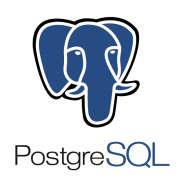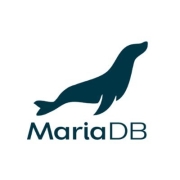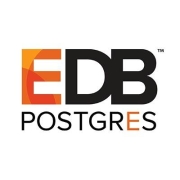Open Source Databases provide flexible and cost-effective solutions for businesses requiring robust data management capabilities. They empower organizations to leverage community-driven innovation and avoid vendor lock-in, which is essential for long-term scalability and success.
These databases cater to a range of business needs, from handling large-scale transactions to supporting analytical workloads. They offer unparalleled customization and transparency, which major companies appreciate for tailoring their systems to specific operational needs. Open Source Databases typically allow companies to access a strong support network driven by community contributions and forums where developers collaborate to improve database capabilities. Additionally, extensive documentation is available to provide step-by-step guidance on installation, updates, and integrations.
What are the critical features of Open Source Databases?In industries such as finance, retail, and healthcare, Open Source Databases are utilized for efficient data management and analysis. Banks use these solutions to manage transactional data, while retailers benefit from real-time analytics. Healthcare providers utilize them for securely storing vast amounts of patient data, ensuring compliance with industry regulations.
Open Source Databases are helpful for organizations looking to reduce costs while improving project adaptability and ensuring system independence. Their open nature permits businesses to tweak them according to specific needs, which optimizes strategic data management and offers valuable insights for informed decision-making.
| Product | Market Share (%) |
|---|---|
| PostgreSQL | 16.6% |
| Firebird SQL | 15.2% |
| MySQL | 8.9% |
| Other | 59.3% |


































Open Source Databases offer flexibility, cost-effectiveness, and community support. You can customize and modify the source code to fit your specific needs. They are generally free, reducing your overall IT expenses. The large community provides a wealth of knowledge, frequent updates, and innovations.
How do Open Source Databases ensure data security?You can implement robust security features with Open Source Databases by regularly updating the software and applying best practices in data management. Many open source solutions have built-in encryption, user authentication, and access controls. Leveraging the support of the community can also help identify and mitigate vulnerabilities quickly.
What is the performance difference between Open Source and commercial database solutions?The performance of Open Source Databases has improved significantly over recent years. They often match or even exceed commercial solutions in terms of speed and efficiency, especially for small to medium-sized businesses. The flexibility to optimize and configure according to your workload needs can lead to better performance outcomes for specific use cases.
Can Open Source Databases handle large-scale enterprise applications?Many Open Source Databases are designed to handle large-scale enterprise applications. Solutions like PostgreSQL, MySQL, and MongoDB are popular for their ability to scale and manage extensive datasets. With proper setup, they can provide the high availability and reliability required for enterprise-level operations.
What are the common challenges when migrating to an Open Source Database?Migrating to an Open Source Database can involve challenges such as compatibility issues, the need for technical expertise, and potential downtime. You should conduct thorough planning, testing, and, if necessary, seek professional services to ensure a smooth transition. Comprehensive documentation and community forums can provide additional support during the migration process.